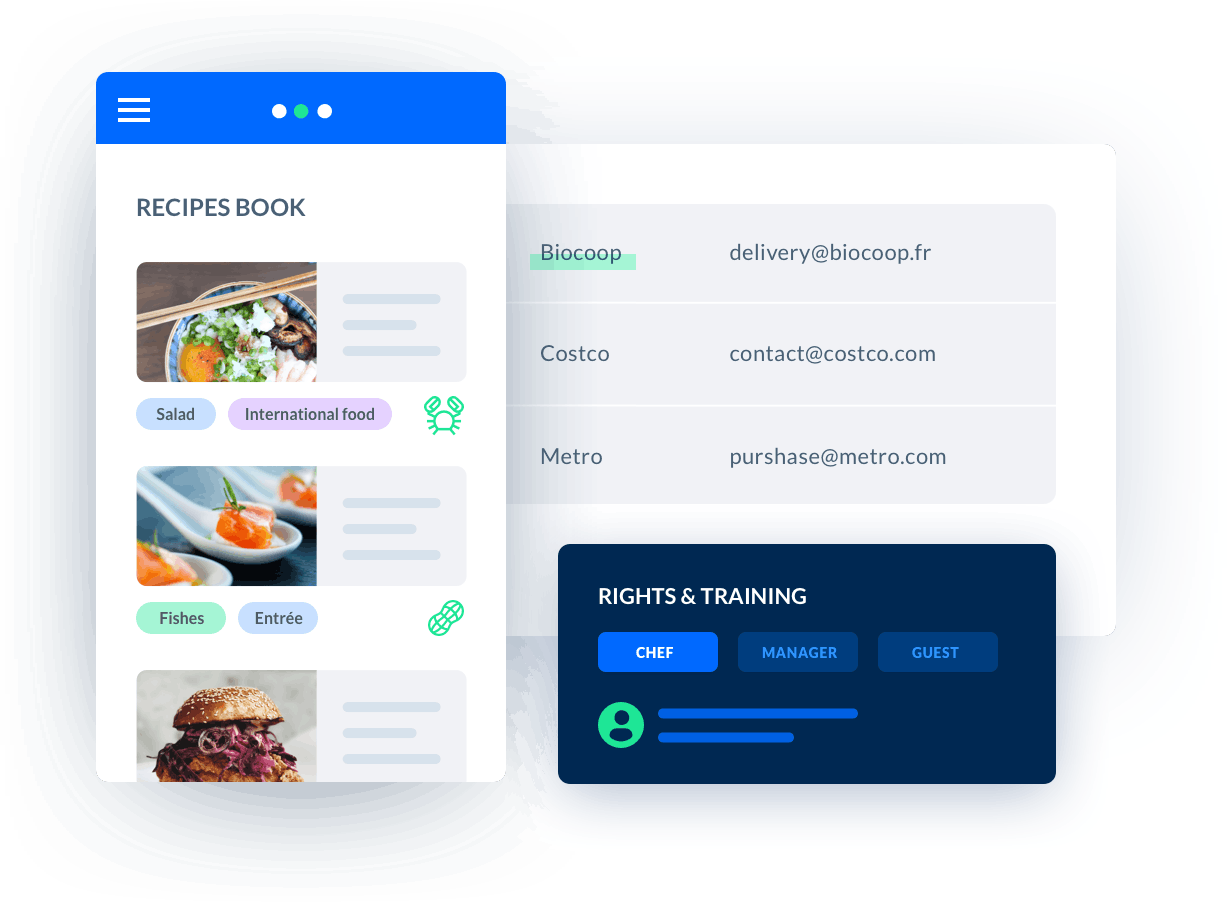what is menu pricing
Menu pricing is a crucial aspect of any restaurant or catering business.The way you price your menu items can significantly impact your profitability and customer satisfaction.

Melba : Features related to menu engineering
Discover melba's features related to menu engineering

Better manage your recipe knowledge with data sheets: everything you need to know
How to better manage its knowledge recipe
Menu pricing is a crucial aspect of any restaurant or catering business. The way you price your menu items can significantly impact your profitability and customer satisfaction. In this comprehensive guide, we will delve into the concept of menu pricing, its importance, and various strategies to effectively price your menu items.
Understanding Menu Pricing
Menu pricing refers to the process of determining the cost of each item on your menu and setting a selling price that covers expenses and generates a profit. It involves careful consideration of various factors, including ingredient costs, overhead expenses, desired profit margins, and market demand.
Factors Influencing Menu Pricing
Several factors play a significant role in determining the optimal pricing for your menu items. Let's explore some of the key factors:
- Ingredient Costs: The cost of ingredients is a crucial consideration when pricing your menu items. Factors such as seasonality, availability, and quality can impact ingredient costs. It is important to regularly review and update your ingredient costs to ensure accurate pricing.
- Overhead Expenses: Overhead expenses include rent, utilities, employee wages, insurance, and other costs associated with running your establishment. These expenses need to be factored into your menu pricing to ensure they are adequately covered.
- Competition: Understanding your competition and their pricing strategies is essential. While it is important to be competitive, blindly matching prices may not always be the best approach. Consider offering unique value propositions that differentiate your menu items from competitors.
- Target Market: Your target market's preferences, purchasing power, and willingness to pay should be taken into account when pricing your menu items. Conduct market research to identify your target audience's expectations and adjust your pricing accordingly.
- Profit Margin: Determining the desired profit margin is crucial in setting menu prices. Consider your business goals, operating expenses, and industry standards to arrive at an appropriate profit margin.
Menu Pricing Strategies
There are several pricing strategies you can employ to effectively price your menu items. Let's explore some popular strategies:
1. Cost-Plus Pricing
Cost-plus pricing involves calculating the total cost of ingredients and overhead expenses for a menu item and adding a predetermined profit margin. This straightforward approach ensures that all costs are covered and provides a consistent profit margin.
2. Value-Based Pricing
Value-based pricing focuses on pricing items based on the perceived value they offer to customers. Factors such as quality, uniqueness, and customer demand are considered. This strategy allows you to capture the maximum value from customers who perceive your offerings as premium.
3. Psychological Pricing
Psychological pricing involves setting prices that create a perception of value or affordability. Strategies such as ending prices with .99 or offering bundle deals can influence customer behavior and increase sales.
Importance of Effective Menu Pricing
Proper menu pricing is vital for the success of your catering business. Here are some key reasons why effective menu pricing is important:
1. Profitability
Accurately pricing your menu items ensures that you cover all expenses and generate a profit. Without proper pricing, you may struggle to sustain your business in the long run.
2. Customer Satisfaction
Well-priced menu items provide value for money and enhance customer satisfaction. When customers feel they are getting good quality at a reasonable price, they are more likely to become repeat customers and recommend your establishment to others.
3. Competitive Advantage
Strategic menu pricing can give you a competitive edge in the market. By offering desirable menu items at competitive prices, you can attract customers away from your competitors and establish yourself as a preferred choice.
Conclusion
Menu pricing is an integral part of any catering business. By carefully considering factors such as ingredient costs, overhead expenses, competition, target market, and profit margins, you can set optimal prices for your menu items. Implementing effective menu pricing strategies can maximize profitability, enhance customer satisfaction, and provide a competitive advantage in the industry.






